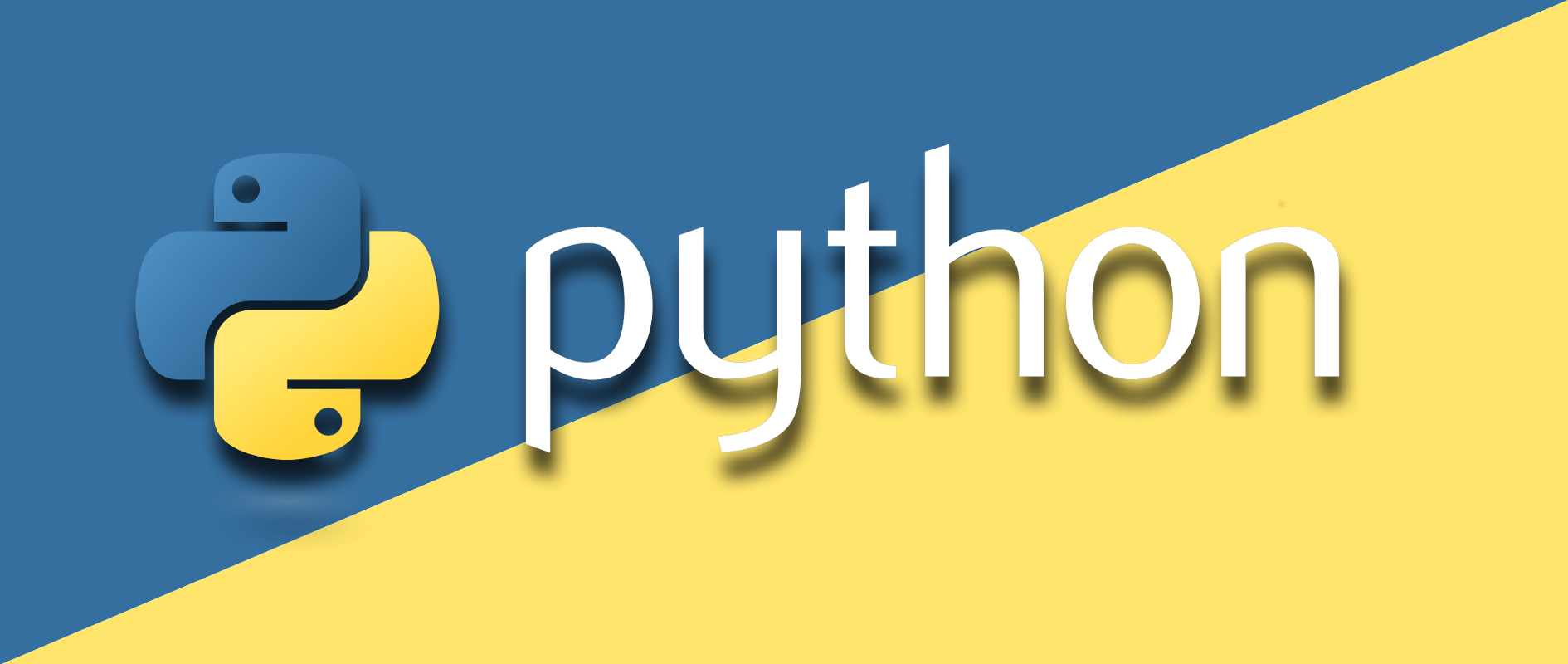Web Scraping Using Python with Example
Web scraping is a technique used to extract data from websites. This guide will introduce you to web scraping using Python in a simple and beginner-friendly way. By the end, you'll be able to collect data from websites using Python and the BeautifulSoup library.
Table of Contents
- 1. What is Web Scraping?
- 2. Legal Considerations
- 3. Setting Up Python
- 4. Installing Required Libraries
- 5. Understanding HTML Structure
- 6. Writing Your First Web Scraper
- 7. Advanced Web Scraping Techniques
- 8. Conclusion
1. What is Web Scraping?
Web scraping is the process of extracting data from websites automatically using programs called web scrapers. You can use web scraping to collect information like product prices, reviews, job listings, and much more.
2. Legal Considerations
Before you start web scraping, it's important to consider the legal aspects:
- **Respect the robots.txt file**: This file tells web crawlers which pages are allowed or disallowed for scraping.
- **Terms of Service**: Check the website's terms of service to ensure that web scraping is permitted.
- **Overloading Servers**: Avoid overloading servers by making too many requests per second.
3. Setting Up Python
If you haven't already, download and install Python from python.org. Make sure to check the box that says "Add Python to PATH" during installation.
4. Installing Required Libraries
To scrape websites using Python, you'll need two libraries: requests and BeautifulSoup. Install them using pip:
pip install requests beautifulsoup45. Understanding HTML Structure
To scrape data from a website, you must understand its HTML structure. For this guide, we'll scrape book titles and prices from the website Books to Scrape. Here's how to inspect the HTML structure:
- **Right-click** on the page and select "Inspect" or press
F12to open Developer Tools. - Hover over different elements to see the associated HTML code.
- Identify the HTML tags that contain the data you want to scrape.
In this case, book titles are inside the <a> tags, and prices are inside the <p class="price_color"> tags.
6. Writing Your First Web Scraper
Here's a Python script to scrape book titles and prices from "Books to Scrape":
import requests
from bs4 import BeautifulSoup
# URL of the website to scrape
url = 'http://books.toscrape.com/'
# Send a GET request to the website
response = requests.get(url)
# Parse the HTML content using BeautifulSoup
soup = BeautifulSoup(response.content, 'html.parser')
# Find all book titles and prices
books = soup.select('article.product_pod')
for book in books:
title = book.h3.a['title']
price = book.select_one('p.price_color').text
print(f'Title: {title}, Price: {price}')7. Advanced Web Scraping Techniques
After learning the basics, you can explore more advanced web scraping techniques:
- Pagination: Scrape data from multiple pages.
- Data Storage: Save your scraped data into CSV files, databases, or JSON format.
- API Requests: Use APIs if available for structured data collection.
- Automated Scraping: Schedule your scraper using cron jobs or task schedulers.
Scraping Multiple Pages
Here's how to scrape multiple pages using pagination:
import requests
from bs4 import BeautifulSoup
# Base URL of the website to scrape
base_url = 'http://books.toscrape.com/catalogue/page-{}.html'
# Function to scrape a single page
def scrape_page(page_number):
url = base_url.format(page_number)
response = requests.get(url)
soup = BeautifulSoup(response.content, 'html.parser')
books = soup.select('article.product_pod')
for book in books:
title = book.h3.a['title']
price = book.select_one('p.price_color').text
print(f'Title: {title}, Price: {price}')
# Loop through multiple pages
for page in range(1, 6):
scrape_page(page)8. Conclusion
Web scraping with Python is an invaluable skill for collecting data from the web. Make sure to respect each website's terms of service and robots.txt file. Experiment with different websites and projects to improve your scraping skills!

